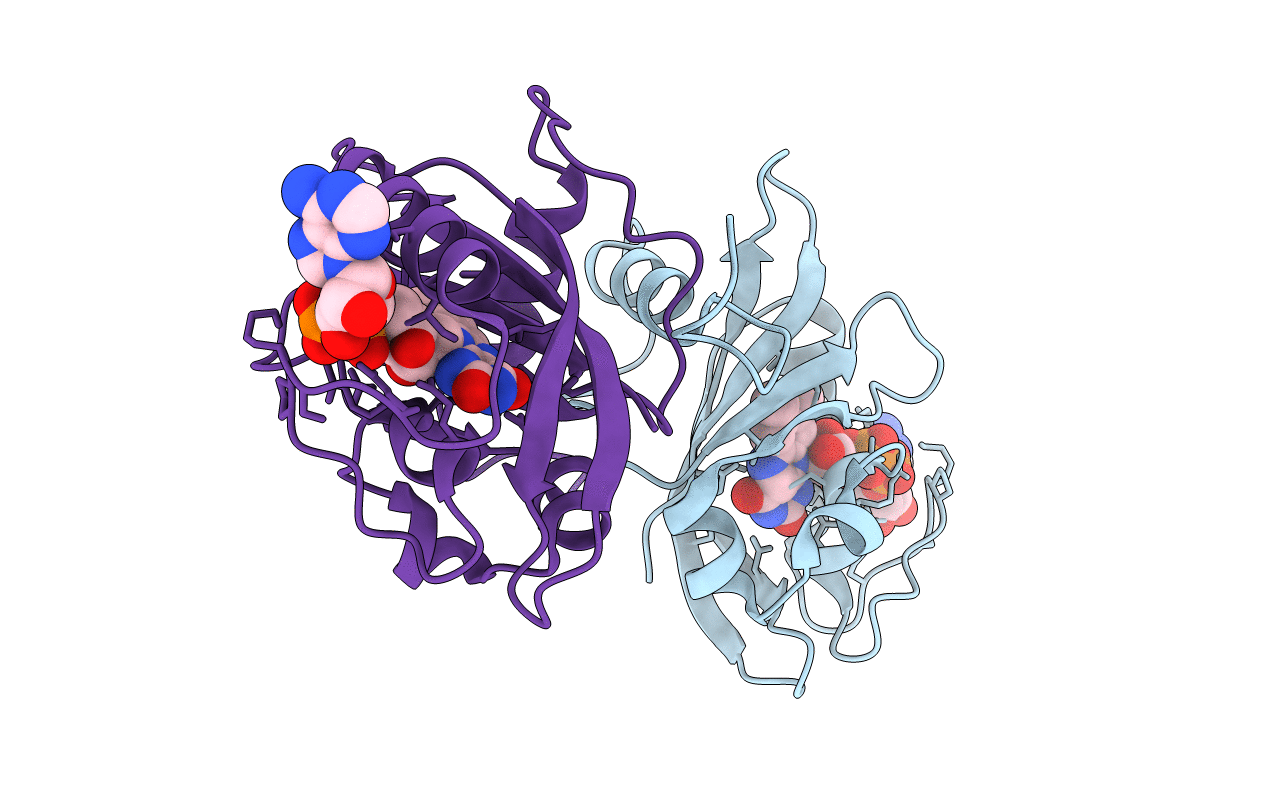
Deposition Date
2011-04-11
Release Date
2011-09-21
Last Version Date
2024-11-20
Entry Detail
PDB ID:
3RH8
Keywords:
Title:
Crystal Structure of the Light-state Dimer of Fungal Blue-Light Photoreceptor Vivid
Biological Source:
Source Organism:
Neurospora crassa (Taxon ID: 5141)
Host Organism:
Method Details:
Experimental Method:
Resolution:
2.75 Å
R-Value Free:
0.28
R-Value Work:
0.22
Space Group:
P 1 21 1


